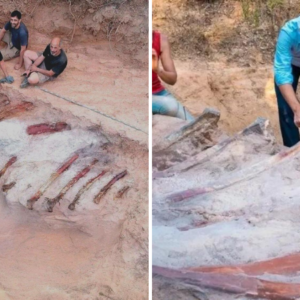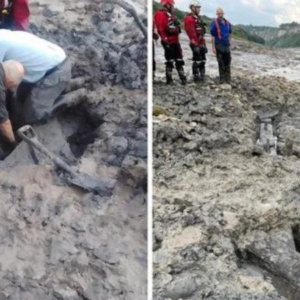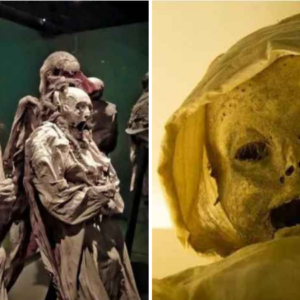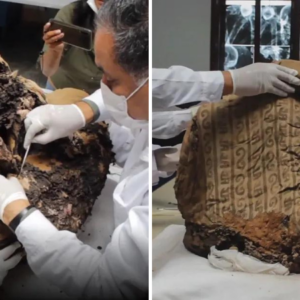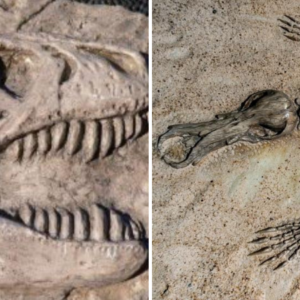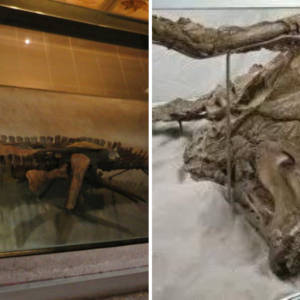Medieval Mᴀss Grave With 1,500 Skeletons is Biggest Burial Pit Ever Discovered in Europe


(J. Frolík/CAS Insтιтute of Archaeology)
Archaeologists in Czechia have uncovered 30 mᴀss graves from the High Middle Ages, containing between them a total of around 1,500 skeletons.
That’s a record number of skeletons in Bohemia from the High Middle Ages. And, according to lead archaeologist Jan Frolík of the Czech Academy of Sciences Insтιтute of Archaeology, a record for the continent.
“The 30 graves, as far as I know, are the largest set in Europe,” he told Prague Daily Monitor.
The remains were discovered during repair work being conducted on the Sedlec Ossuary, a chapel in the Czech suburb of Kutna Hora decorated with an estimated 40,000 to 70,000 skeletons. (Therein lies a fascinating story in itself.)
The floor of the chapel is below ground level, and it was while performing excavation in the surrounding cemetery to access the lower part of the building that the skeletons were found, flanking the entire northern side of the ossuary, and partially the eastern and western sides.
It appears that the foundations of the chapel, built around 1400 CE, were dug without knowledge of the graves beneath.
The graves, pits measuring 2 metres (6.5 feet) square and 2.5 to 3 metres (8.2 to 9.8 feet) deep, are from two distinct time periods in the 14th century. The researchers connected the oldest pits to a famine that swept the region 1318 CE.
A series of later pits were dated to 1348-1350 CE, when the Black Plague was at its peak. Many millions of people died, and mᴀss graves containing plague victims have been found and excavated all over Europe.
The researchers believe the graves were unmarked, since some of the skeletons from 1318 were also damaged by the 1348 burial, and some can be found under critical locations, such as the northeastern corner of the chapel.

(J. Frolík/CAS Insтιтute of Archaeology)
This, combined with the lack of grave goods – apart from a handful of coins and some metal buckles – indicate that the remains were possibly buried in haste.
A lot of work will need to be conducted to find out more about the skeletons, but they represent a valuable find.
They can provide population data for the region during two short time periods, and techniques such as isotope analysis can provide information about the diet the people at and environment they lived in by examining the presence of certain elements and minerals in the bones and teeth.
It’s possible there are more graves underneath the chapel itself, but excavating them without damaging the ossuary may be difficult.
In the meantime, Frolík and his team are commencing work on analysing the skeletons, and intend to publish their findings. The results, however, may be some time – the exhumed remains fill 600 large boxes.
